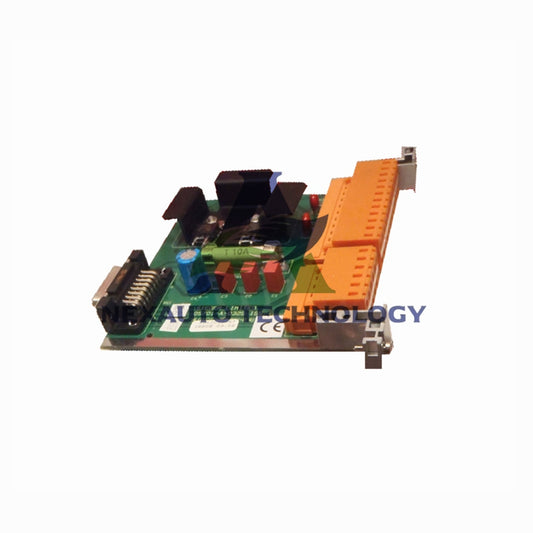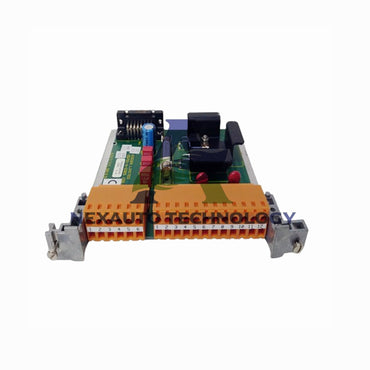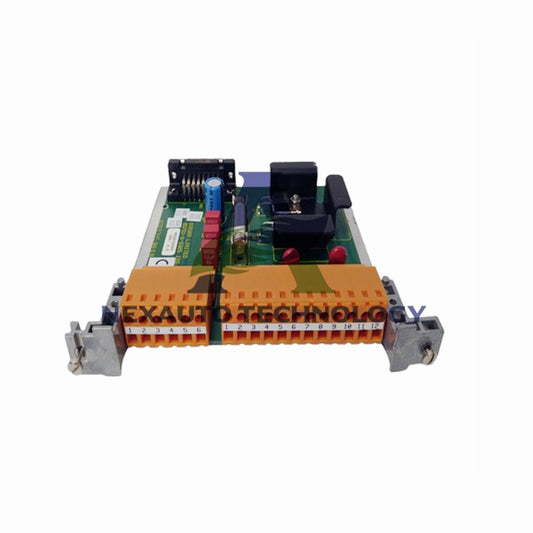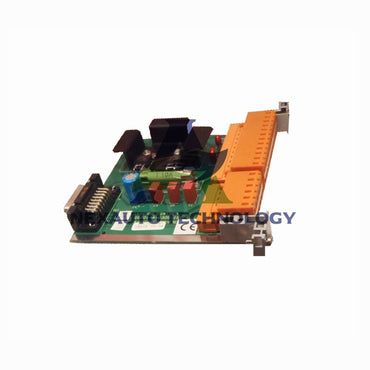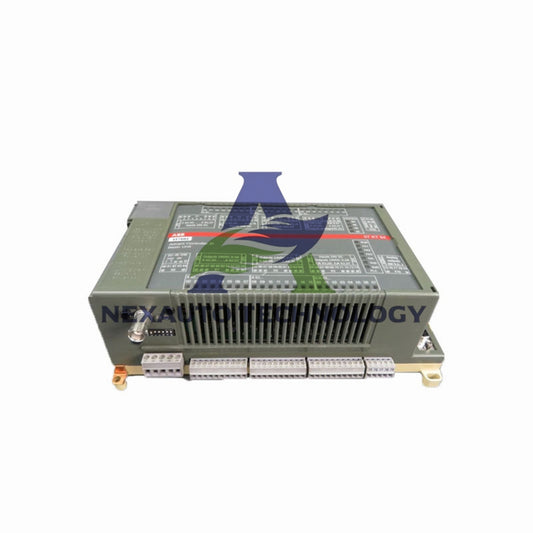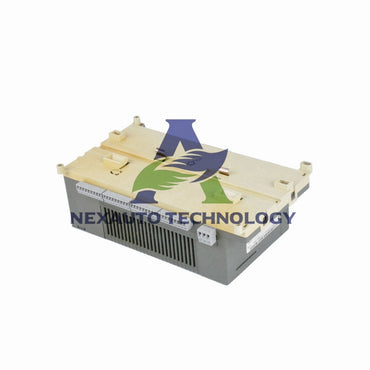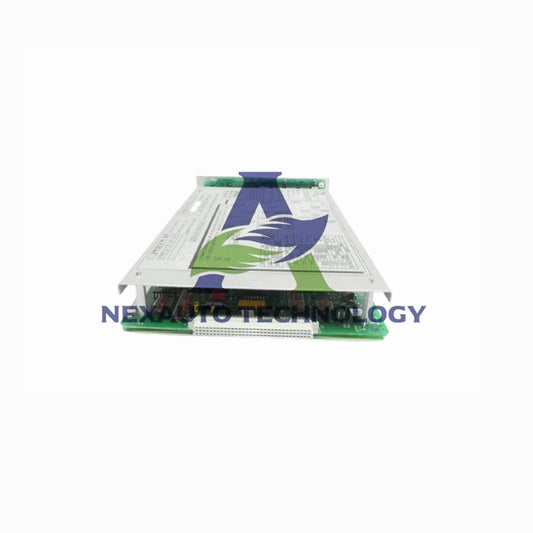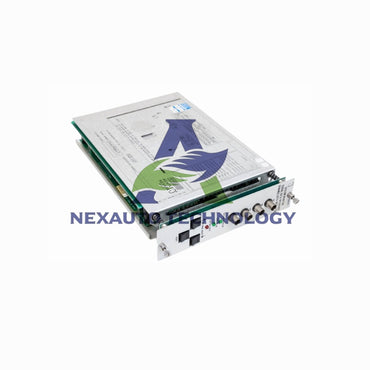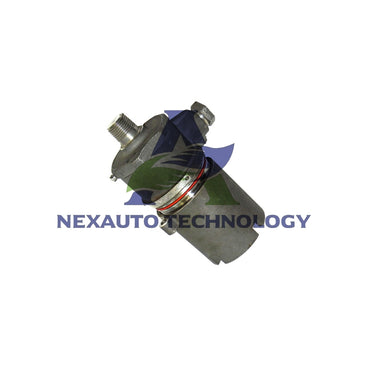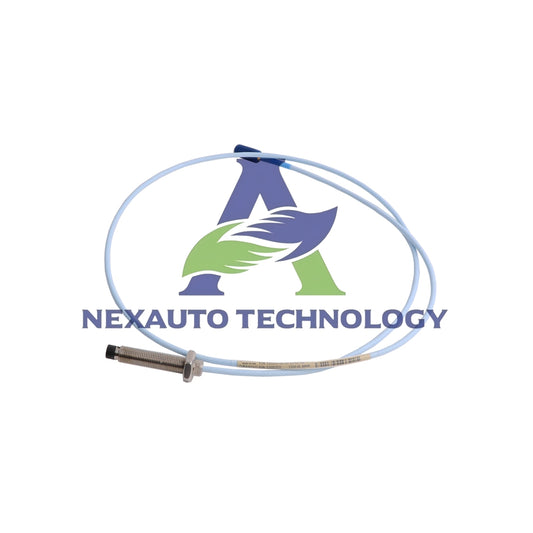Automating Away Hazards
One of the most significant benefits of automation is its ability to eliminate human exposure to hazardous environments. For instance, robots can perform tasks in confined spaces, extreme temperatures, or areas with high levels of radiation, minimizing the risk of human error and injury.
Real-time Monitoring and Predictive Maintenance
Automation empowers us to implement real-time monitoring systems that can detect potential hazards before they escalate into incidents. By continuously collecting and analyzing data from sensors and equipment, we can identify anomalies and initiate preventive measures. Additionally, predictive maintenance algorithms help us schedule maintenance activities before equipment failures occur, thereby preventing unexpected downtime and reducing the likelihood of accidents.

Improving Ergonomics and Reducing Strain
Automation can also improve ergonomics in the workplace by automating repetitive and physically demanding tasks. By reducing the physical strain on employees, we can lower the risk of musculoskeletal disorders and other work-related injuries.
Enhancing Safety Training and Awareness
While automation can significantly reduce hazards, it is essential to complement these advancements with effective safety training. Automation systems can be utilized to create interactive training simulations, enabling employees to practice safe work procedures in a virtual environment.

The Future of Workplace Safety
As automation technology continues to evolve, we can expect to see even more innovative solutions that prioritize workplace health and safety. From wearable devices that monitor employee vitals to advanced AI algorithms that can predict accidents, the future of workplace safety is bright.
The Synergy Between Automation and Workplace Safety
As an industrial automation engineer, I have witnessed firsthand the transformative impact of automation across various industries. Beyond increasing efficiency and productivity, automation significantly enhances workplace health and safety by automating hazardous tasks and processes, which helps reduce the risk of accidents and injuries.
Check below popular items for more information in Nex-Auto Technology.
| Model | Title | Link |
|---|
| 2097-V32PR4 | Servo Drive Allen-Bradley | Learn More |
| 1762-L40AWA | Controller Module Allen-Bradley | Learn More |
| IC693CBL301 | I/O Bus Expansion Cable GE Fanuc | Learn More |
| IC693UDR001 | Programmable Controller Module GE Fanuc | Learn More |
| IC693UEX122 | High-Speed Counter Module GE Fanuc | Learn More |
| IC693ADC311 | Coprocessor Module GE Fanuc | Learn More |
| IC693CBL327 | Terminal Block Quick Connect Cable GE Fanuc | Learn More |
| IC693PWR321Y | Standard Power Supply GE Fanuc | Learn More |
| 330130-035-02-05 | Extension Cables Bently Nevada | Learn More |
| 330130-035-03-00 | Bently Nevada Extension Cables | Learn More |
| 330130-035-03-05 | Extension Cables Bently Nevada | Learn More |

